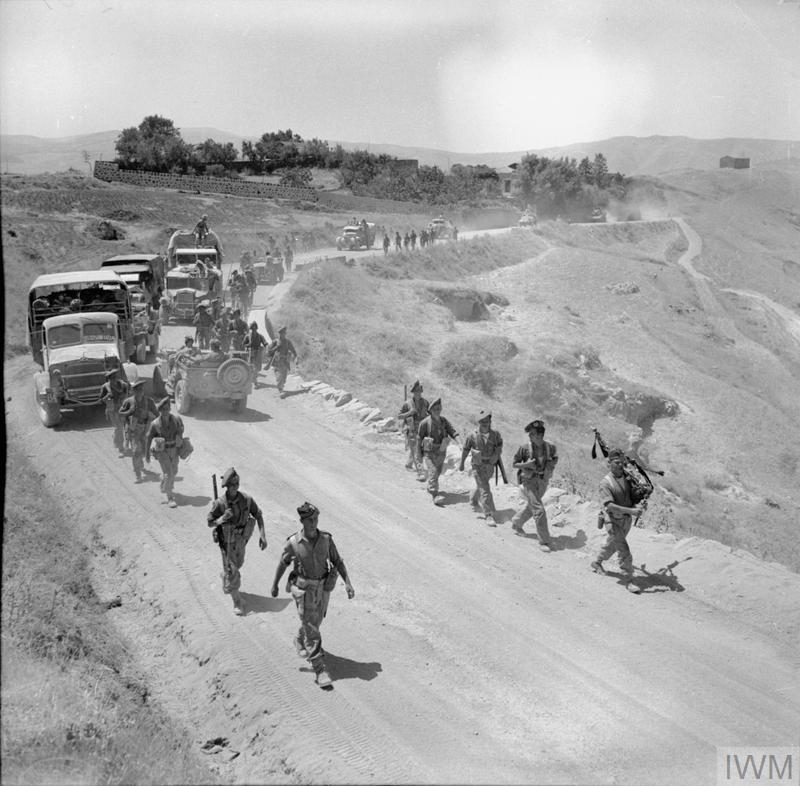

CMH Pub 60-7, cloth CMH Pub 60-7-1, paper, forthcoming. Armies, Corps, Divisions, And Separate Brigades, comp.Lineages, honors, heraldic items, and bibliographies of the 1st Aviation Brigade and of all Regular Army, Army Reserve, and Army National Guard aviation groups and battalions as of. Lineages, honors, heraldic items, and bibliographies of the fifty-eight Regular Army Field Artillery regiments in the force structure at the end of 1982. Lineages, honors, heraldic items, and bibliographies of the twenty-four regiments in the force structure at the end of 1982. (1985 429 pp., color illustrations, glossary). CMH Pub 60-3-1, paper.Ī narrative history of the Infantry Branch, this volume also contains the lineages, honors, coats of arms, and distinctive insignia of Infantry units of the Regular Army. (1972, 1984 938 pp., chart, illustrations, bibliographies, index). Infantry, Part I: Regular Army, by John K.US Army Center of Military History: Lineage & HonorsĪrmies, Corps, Divisions, and Armored or Infantry Brigades US Army Order of Battle: World War II-ETO World War II Order of Battle, by Capt.

Soon after, Italy deposed its dictator Benito Mussolini and signed an armistice with the Allies, and it would not be long before the Allies invaded the boot of Italy and opened a new front of the war. The battle for Sicily was a great success for the Allies, who inflicted heavy losses on the Axis forces. Patton and Montgomery entered Messina together, and they were ready to invade the Italian mainland next. The Germans and Italians put up fierce resistance in the mountains of Sicily and tried to defend themselves from the Americans and British, but Patton broke through, having Truscott land troops at Brolo and break through. Patton decided to advance to Messina next, but he had to coordinate his advance with the advance of his former Chief-of-Staff Omar Bradley and his friend Lucian Truscott's armies, who were brought up against the elite Hermann Goering Division of the Luftwaffe and other German and Italian units. People in the streets cheered on the Americans, who beat the British to taking the city. Patton's US 7th Army and British Field Marshal Bernard Montgomery's British 8th Army were transported to the island of Sicily, where the Americans would advance alongside the British and guard their flank after landing at Gela the British would land at Syracuse.īritish commandos fighting with German troopsĪlthough the Sicilian campaign had been well planned-out, Patton decided to disobey orders and instead decided to race to the Sicilian capital of Palermo, which he took without a fight. Shortly after, the British forces reached the exfiltration point, having weakened the Axis defenses. The American soldiers engaged the German armor and infantry, and Engelberg was killed with a hand grenade. The British killed several Wehrmacht troops in the raid, and they proceeded to set up defensive positions to assassinate the senior German officer Dieter Engelberg as his convoy drove down the road.
World war 2 operation husky in sicily us army series#
In the series of attacks, the British took out the German machine-gun positions, killed several snipers, destroyed their armor, and their Flak guns. The British commandoes chose to use assault units and attack at night instead of snipers or a day attack, and the British used stealth to attack several German machine-gun positions behind sandbags. Before any American or British Commonwealth armies were to be landed on the island, the Allies decided to soften up the defenses of the island by dispatching British commandos to raid German positions. The British bombarded the islands of Lampedusa and Pantelleria, forcing the Italian garrisons to surrender to the British this allowed for the British and American invasion fleets to reach the island. As a result of the victory in North Africa, the Allies were able to strike at "the soft underbelly of Europe", Sicily. In November 1942, the Allied Powers launched Operation Torch and took over North Africa from Vichy France, and in early 1943 the last Axis forces in North Africa surrendered at Cape Bon. Patton's US 7th Army and Bernard Montgomery's British 8th Army captured the island from fierce resistance by Nazi Germany and Fascist Italy, and the invasion of Italy forced Adolf Hitler to divert units fighting on the Great Patriotic War front with the Soviet Union to defend Italy. Operation Husky (9 July-17 August 1943) was a large amphibious and airborne operation carried out by the Allied Powers on the island of Sicily during World War II.


 0 kommentar(er)
0 kommentar(er)
